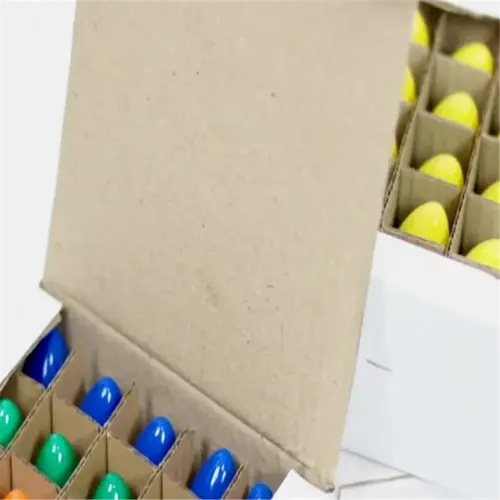What soil problems can a test detect?

Written by
Paul Reynolds
Reviewed by
Prof. Charles Hartman, Ph.D.Soil tests can reveal issues that even seasoned gardeners' experience and intuition have never helped them uncover before. A client who thought her zucchinis were dying because of pests was shocked to discover from testing that the calcium deficiency in her soil was causing blossom-end rot in her zucchini. An inch into the soil from another client's stunted carrots, testing demonstrated excessive salts at that root depth. Without a soil test, these issues could easily remain guesswork.
Common Soil Issues
- Nitrogen deficiency (yellowing leaves)
- Lead/arsenic contamination (urban gardens)
- pH below 5.5 or above 7.5
Advanced Test Metrics
- Cation Exchange Capacity (CEC) below 5
- Organic matter under 2%
- Soluble salts over 2.0 mmhos/cm
It is helpful when developing priorities for testing factors at a regional level. For example, coastal gardens frequently struggle with salt accumulation, and my clients in Oregon leach soils every spring. Urban growers must deal with potential heavy metal concerns; one kale plot in Portland tested 90ppm for lead when the health limit set is 50ppm. It is best to always test a new garden plot before you plant edible plants.
The percentage of organic matter influences soil health as that percentage increases, soil is considered to be healthier. Over three years of adding compost, my clay soil now has an organic matter percentage of 4%, up from 1.5%. Below 2% of organic matter, its ability to hold moisture decreases rapidly. The testing involves numbers but seeing them progress gives incentive to better practices such as planting cover crops and reducing disturbance.
Don't overlook borderline analyses. A pH of 5.9 seems fine until your blueberries are looking for the 4.5-5.5 range. I pull back on my sulfur applications many months before planting my acid-lovers. You should also consider retesting after you have applied amendments. For example, it took me six weeks to get a client's pH down from 7.8 to 6.5 for a new asparagus crop.
Read the full article: How to Test Soil: 7 Essential Steps for Healthy Gardens

